I know it’s been a minute since I’ve posted about my fake master’s degree, but never fear, I’m still plugging away at it. One of my goals this year is to sit down and hash out exactly how much work I’ve done and how much I have left to do—and if I think I’ve officially “graduated” yet or if I want to move onto my fake Ph.D. or what.
At any rate, the current book I’m working my way through is called The Memoir Project by Marion Roach Smith. Obviously, I’m a fiction writer, not a memoirist, but one of the whole goals of my fake master’s degree is to challenge myself, and reading about and writing memoir is certainly a stretch for me. In addition, like most writers (I think), I have a few memoir-y type things that I’ve considered writing, though they are so low on my priority list, I’m not sure I’ll ever actually get to them.
That said, while I haven’t finished this book yet, it does lend itself to writing exercises. And so, I’ve completed my first writing exercise, about 1/5 of the way through the book. In it, she describes a-750 word piece she asks her students to write based on a big theme or concept, using themselves as the illustration for the concept. So that’s basically what I tried to do here.
I’ll be honest—I’m not being graded so I didn’t count the words or edit this lol, but I wanted to post anyway (since that’s what I promised myself I would do). This short essay is called “Heartbeat.”
TW: death, s*icide
Heartbeat
The first dead body I ever saw was cousin Marty, lying in a casket. I was 5; he was a 45-year-old alcoholic who died by suicide. I couldn’t stop staring because I kept thinking I could see his chest move like he was breathing. I couldn’t really though—it was just an illusion.
My only memory of cousin Marty was from a family party a few weeks before. We were a family of teetotalers; he was the only one drinking. He brought his own beer and hid it in the car. And when he got so drunk he couldn’t walk straight, he tripped on the stairs and broke one of my mom’s plant pots.
The next dead body I saw was lying by the side of the road in Chapel Hill, NC. The cop had just arrived and an ambulance was pulling up. I didn’t know the man, but I was driving and the shock of seeing him just lying there made my heart pound and my hands shake so badly I had to pull over at the next gas station to let myself breathe. I was 20; he looked about 50. A heart attack, I always told myself.
The third dead body I saw was my grandmother. I was 31; she was 87. For the last hour of her life she gasped for breath. We sat around her telling stories. And when the end came, we knew it was coming. There was a smell and I was holding her hand.
And then she died. But her hand was still warm. It was 2:47 PM on a rainy day in November.
For a while, nobody said anything. Then, after a bit, I let go of her hand.
I don’t remember that part though. But I know I must have let go because I’m not still holding her hand.
What I do remember were my fingers on her pulse. I could feel her heart beat.
And then I couldn’t any more.
Heartbeat.
No heartbeat.
After I let go of her still-warm hand, I left, because after all, she wasn’t there anymore, so there was no reason for me to stay. And I had decided that the next part, with the undertaker and the body—that was for my mom to do, and my uncles. I would probably have to do it one day, yes. But not today. Not this time.
The first thing I did was call my big brother. I told him she was dead. I told him I had been holding her hand. I told him about her heartbeat. I didn’t tell him about letting go.
Because the truth was, I let go, but I also didn’t let go. And I don’t mean in a metaphorical sense, like I will never be able to get past the loss of my grandmother. I mean in a literal sense. Like I never let go.
If you think of time as a construct, something that has always existed and always will, then everything that has happened inside of time has always happened and always will.
Which means, I always held my grandmother’s hand as she passed from this world to the next. And I always felt her heart beat. And then not beat.
I always will.
And I will never let go.
















